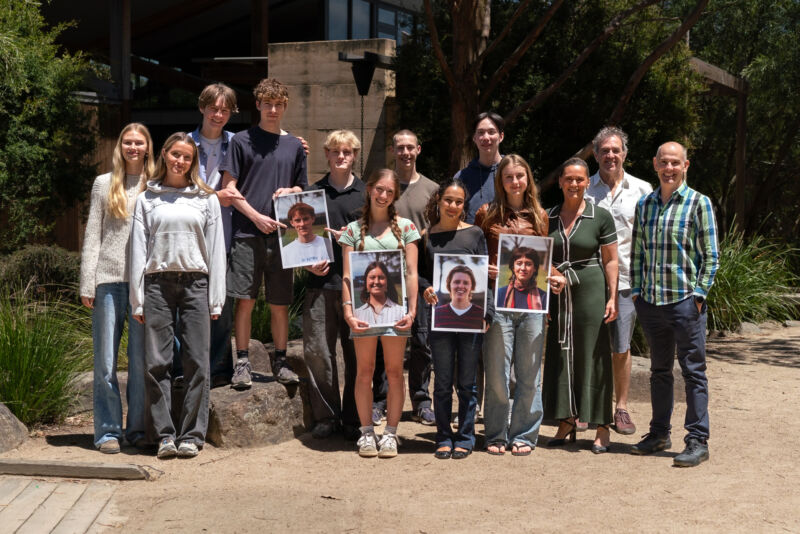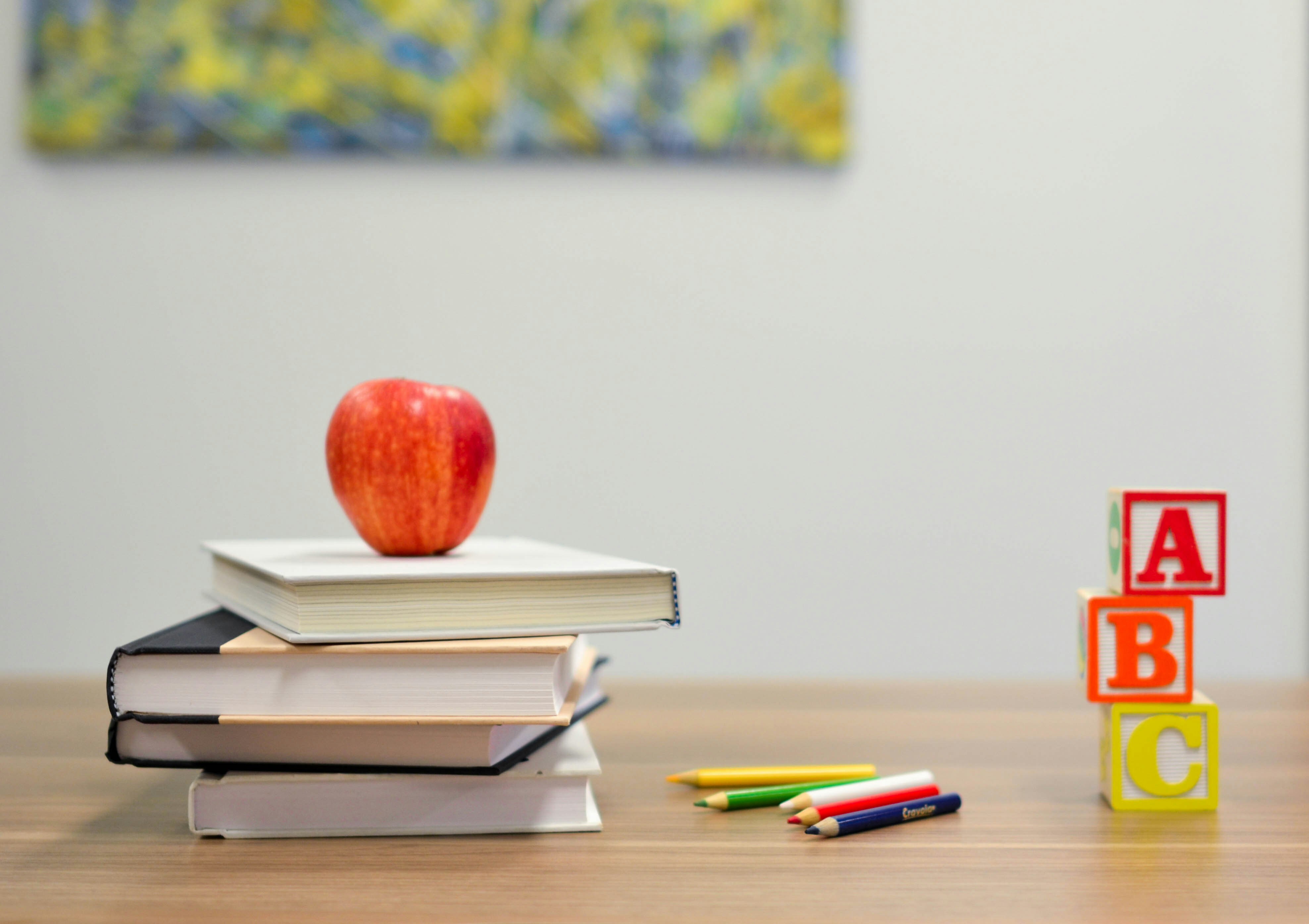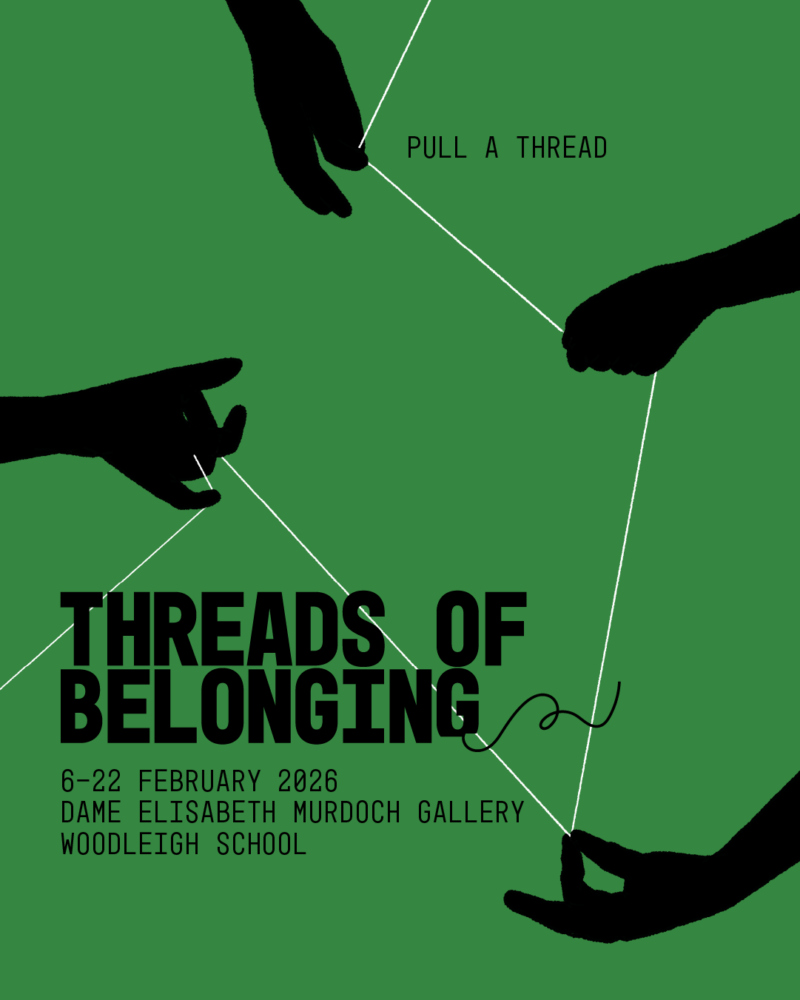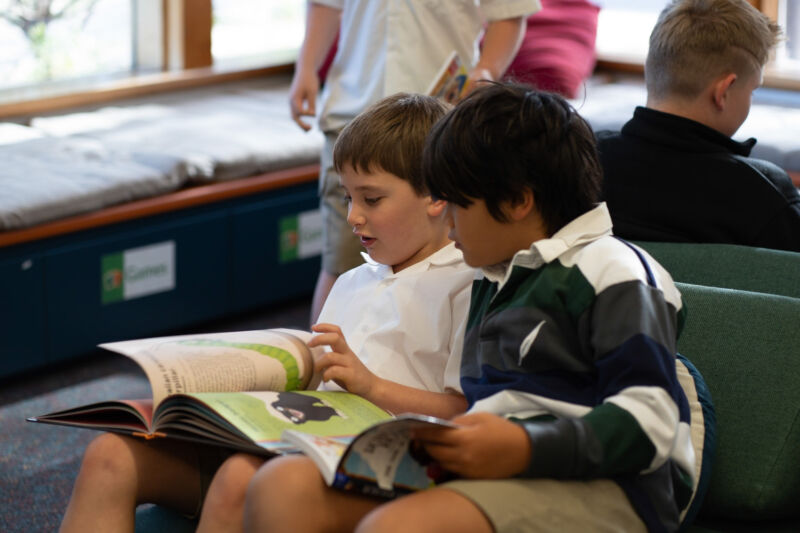

Whole School
For decades, high-stakes exams have dominated the VCE. It’s a 1980s relic of a system, one that fails to measure what matters today.
Continue Reading


Senior Campus
Not all Smooth Sailing
The Futures Project shows Year 10 students how to turn concern into action.
Continue Reading
Whole School
An Exhibition That Belongs to All of Us
An exhibition that brings artists and students together to push for change - and you’re invited.
Continue Reading
Junior Campuses
Growing Readers in a Distracted World
All the talk is about how we teach our young people to read. But what about the love of reading? Why are we not working to have our kids fall, deeply and lastingly, in love with words.
Continue Reading
Teaching Voice
AI: Beyond the Panic
AI does not need to be just a threat; it can be a powerful tool, a challenge and a huge opportunity to evolve the ways students think, learn and create.
Continue Reading